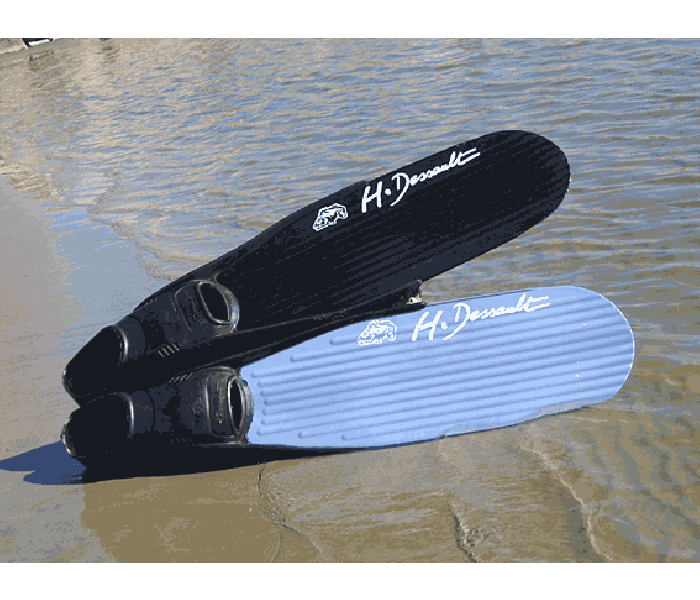Let's turn now to the French diving and swimming equipment manufacturer Sommap, whose website can be found at
SOMMAP Aquatic Sports - French manufacturer of diving, swimming and water sports products - SOMMAP and whose 2019 catalogue can be downloaded from
http://www.sommap.com/upload/catalogue/catalogue-2019-sommap-light.pdf. "Sommap" is short for "
Société
Méditerranéenne de
Matériels de
Pêche sous-marine", which roughly translates as "Mediterranean underwater fishing equipment company".
According to the company's English-language website, "SOMMAP SAS, founded in 1970, is located in Roquefort(-le-Bédoule) near port of Marseilles in the south of France (Provence). Our factory, specialized in Plastic, Silicone and Rubber injections, manufacture and sell all over the world scuba diving products : Fins, Masks, Snorkels, Spearguns, Swimming articles... Our Plastic work shop perfectly masters fins moulding technic. Our Rubber work shop is the only one in France to produce masks and fins. Our know-how since 40 years allow us to claim that we are the specialist for snorkeling (fins-masks-snorkels)."
Don't confuse Roquefort-la-Bédoule with Roquefort-sur-Soulzon, where the famous sheep's cheese is made and which is further north than Roquefort-la-Bédoule. The following map shows where Roquefort-la-Bédoule is relative to Marseilles:
By now in this thread you will have noticed a pattern emerging when it comes to the location of France's diving equipment manufacturers, most of whom set up in business in the region of Marseilles and Nice on the French Riviera on the coast of the Mediterranean, which may have built a reputation as a millionaire's playground but which represented a valuable food source for underwater hunters during, and in the aftermath of, World War II when eking out meagre rations.
As you will already have concluded, Sommap started up in the comparatively late year of 1970 and it is very much alive and well nowadays, manufacturing and distributing basic underwater swimming equipment (masks, snorkels and fins) made either from traditional rubber or from modern synthetics. For the purposes of this thread, I am going to focus on gear made from the former material. We'll begin with the Sommap range of diving masks.




